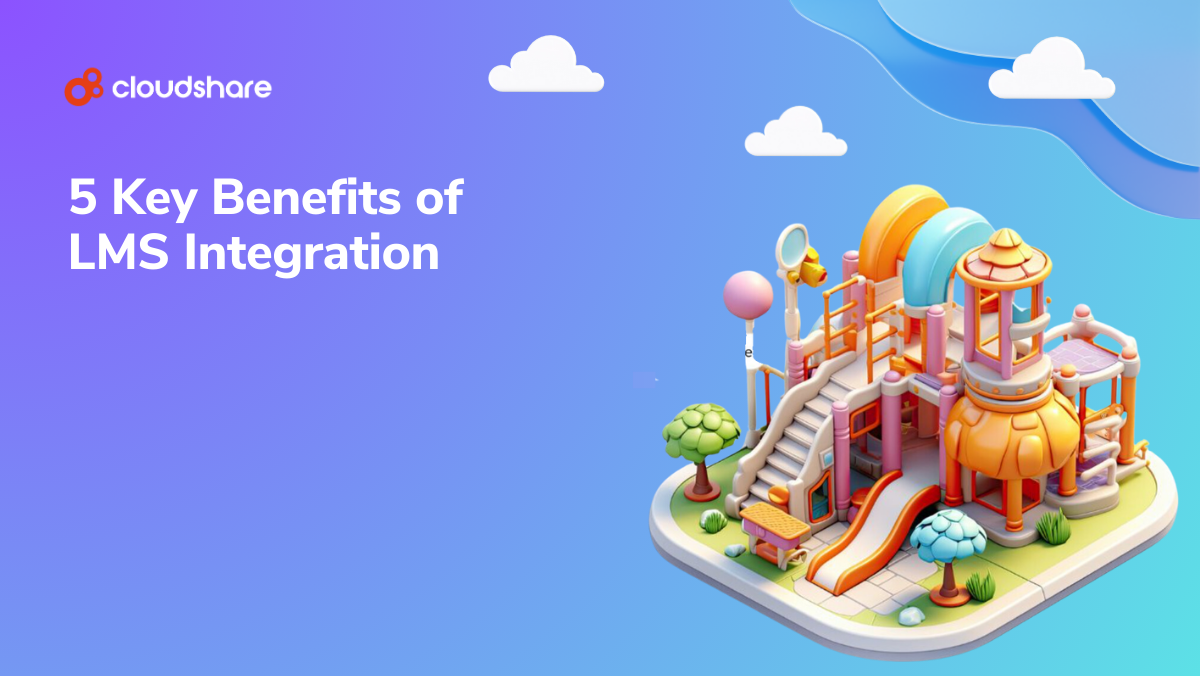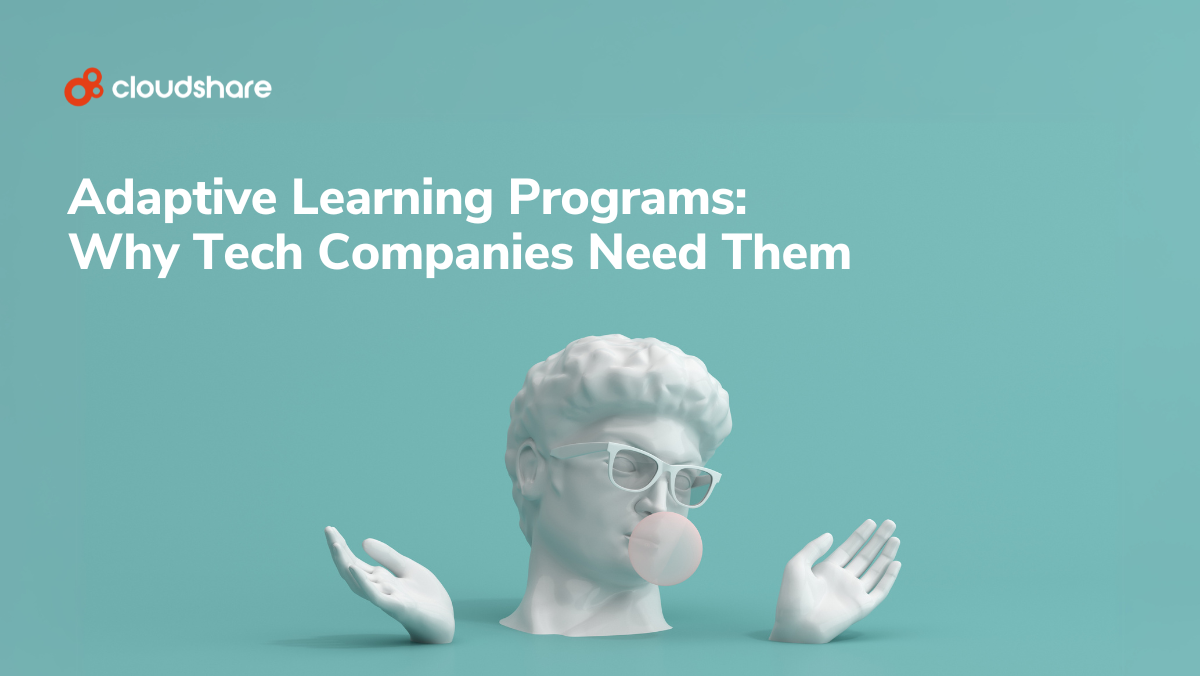
If you’re using a Learning Management System (LMS) in your corporate training, then you’ve probably already integrated it with other training tools such as virtual labs. Seems like a pretty obvious step, right? But have you considered taking things a step further?
Instead of focusing exclusively on training software, why not extend your LMS to other systems and platforms within your ecosystem?
A standalone LMS is relatively limited in scope. You can use it to create and manage a wide range of training content, but that’s about it. An integrated LMS, on the other hand?
That’s a great deal more versatile. Rather than creating and developing training content in isolation, you can draw on its connections with everything from your Customer Relationship Management (CRM) platform to your sales enablement tools. As you might expect, there are a ton of advantages to this approach.
Streamlined Administration
The average employee spends roughly three hours a day on easily automatable tasks – primarily mundane administration. Assuming an average workday of eight hours, that’s almost 40% of one’s time. Imagine what your training managers could accomplish if they were able to reclaim those lost hours.
The LMS integrations make that possible. Instead of spending time managing course enrollment and scheduling, Learning and Development (L&D) professionals can simply automate. Rather than having to waste time on error-prone data entry, instructors can simply sync their LMS with the business’s CRM or HR database.
Your team can dedicate more time and energy to developing and delivering training content while the systems around them operate like a well-oiled machine.
Improved Communication and Collaboration
Collaborative learning can be incredibly powerful. For one, 20% of learning happens through social interaction. People who collaborate while learning also tend to display better comprehension, retention, and engagement and develop more supportive relationships with one another.
With all that said, there’s an important caveat to keep in mind. The more systems and tools your learners have to jump between over the course of a single session, the less effective that session will become. It’s already widely known and accepted that people faced with a glut of systems and tools tend to be less productive, satisfied and engaged.
There’s no reason to assume that this would not also extend to L&D. By integrating your LMS with your organization’s internal communication and collaboration tools, you eliminate the need for people to jump between multiple environments. Instead, everything they need is in one place, leaving them free to focus on their training.
It’s a far better user experience than having to juggle multiple disjointed environments.
Better Customer Onboarding and Support
Did you know that 76% of customers will continue using a product after a positive onboarding experience, while 60% will abandon software that doesn’t onboard them properly?
You want to provide an onboarding experience that’s not only personalized but as seamless, painless, and intuitive as possible. Integration between your CRM and LMS helps accomplish this in a few ways. By integrating your CRM and LMS, you can:
- Track each prospect’s journey, providing them with marketing and onboarding collateral related to your software at each major touchpoint.
- Support a more personalized onboarding process via data consolidated within the CRM.
- Identify and address learning needs, challenges and roadblocks through analytics.
- Collect and evaluate feedback from customers and prospects.
- Automatically enroll internal stakeholders in training for new features and updates.
- Improve both sales and customer service by automatically connecting underperforming employees with the training they need.
Preparing for the Future
Consider for a moment how much the world has changed in just the past five years. If someone from 2018 looked at today’s workplace, what would they think of it? How much do you think things will have changed by 2028?
Ensuring all your systems are integrated and work fluidly with one another will make it far easier for your business to adapt to those changes and scale as it grows. After all, it’s far easier to keep a unified, streamlined system updated compared to a disconnected, patchwork technology stack.
Deeper Insights
Lastly, LMS integration helps eliminate data silos within your organization, establishing a single source of truth for critical data and improving data hygiene in the process. Better organized, more accessible data is consequently easier to analyze. Consequently, your business can then gain better insights into not only its onboarding process but also details like customer satisfaction, employee performance and the overall ROI of each training initiative.
These insights can, in turn, be used in the development of better, more effective sales, onboarding, and marketing strategies.
Operating Like a Well-Oiled Machine
From data migration and compatibility to security, there’s no shortage of challenges involved in LMS integration. But trust us when we say that the end result is well worth the effort. Successful organization-wide LMS integration benefits far more than your L&D department — it can help your entire organization operate more efficiently and effectively.
If you’re interested in a bit of additional reading, feel free to check out Virtual Labs & LMS Integration for Enterprises.




